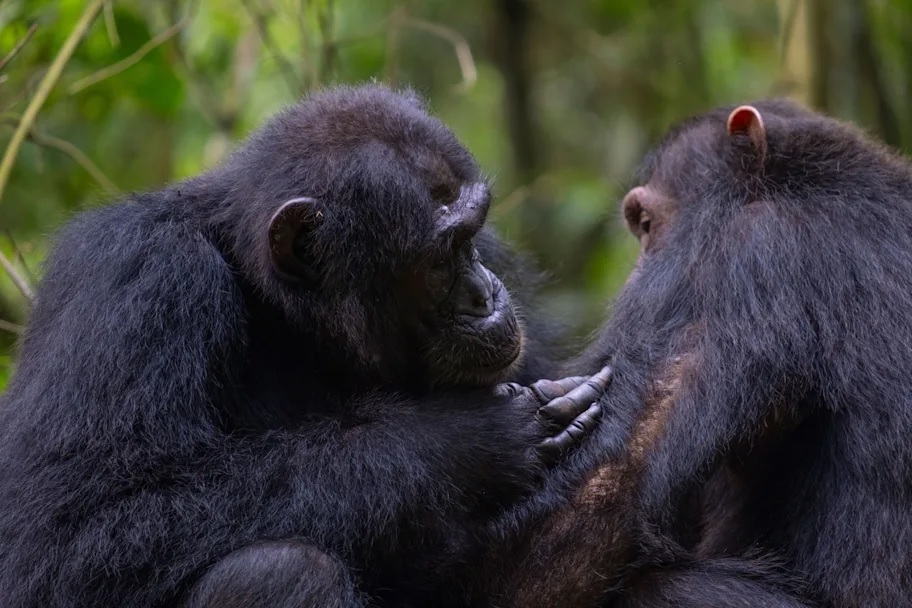Why Humans Are More Susceptible to Cancers than Other Primates

New research from UC Davis Comprehensive Cancer Center has uncovered an evolutionary change that may explain why certain immune cells in humans are less effective at fighting solid tumours compared to non-human primates. The findings, published in Nature Communications, could lead to more powerful cancer treatments.
The study revealed a tiny genetic difference in an immune protein called Fas Ligand (FasL) between humans and non-human primates. This genetic mutation makes the FasL protein vulnerable to being disabled by plasmin, a tumour-associated enzyme. This vulnerability seems unique to humans and is not found in non-human primates, such as chimpanzees.
“The evolutionary mutation in FasL may have contributed to the larger brain size in humans,” said Jogender Tushir-Singh, senior author for the study and an associate professor in the Department of Medical Microbiology and Immunology. “But in the context of cancer, it was an unfavourable tradeoff because the mutation gives certain tumours a way to disarm parts of our immune system.”
Tumour environment neutralises key immune protein
FasL is an immune cell membrane protein that triggers apoptosis, which activated immune cells, including CAR-T cells, make use of to kill cancer cells.
The UC Davis team discovered that in human genes, a single evolutionary amino acid change — serine instead of proline at position 153 — makes FasL more susceptible to being cut and inactivated by plasmin.
Plasmin is a protease enzyme that is often elevated in aggressive solid tumours like triple negative breast cancer, colon cancer and ovarian cancer.
This means that even when human immune cells are activated and ready to attack the tumour cells, one of their key apoptosis tools, FasL, can be neutralised by the tumour environment, reducing the effectiveness of immunotherapies.
The findings may help explain why CAR-T and T-cell-based therapies can be effective in blood cancers but often fall short in solid tumours. Blood cancers often do not rely on plasmin to metastasise, whereas tumours like ovarian cancer rely heavily on plasmin to spread the cancer.
Plasmin inhibitors may enhance immunotherapy
Significantly, the study also showed that blocking plasmin or shielding FasL from cleavage can restore its cancer-killing power. That finding may open new doors for improving cancer immunotherapy.
By combining current treatments with plasmin inhibitors or specially designed antibodies that protect FasL, scientists may be able to boost immune responses in patients with solid tumours.
“Humans have a significantly higher rate of cancer than chimpanzees and other primates. There is a lot that we do not know and can still learn from primates and apply to improve human cancer immunotherapies,” said Tushir-Singh. “Regardless, this is a major step toward personalising and enhancing immunotherapy for the plasmin-positive cancers that have been difficult to treat.”
Source: UC Davis Cancer Center




